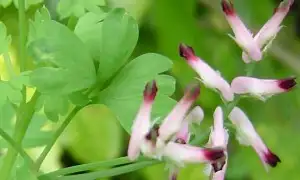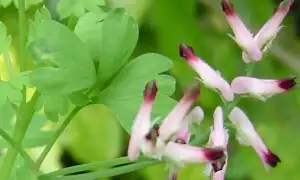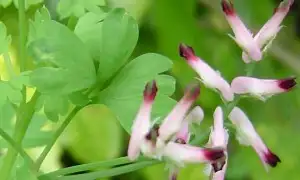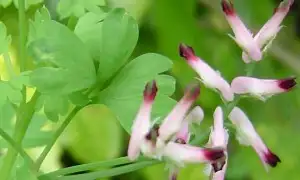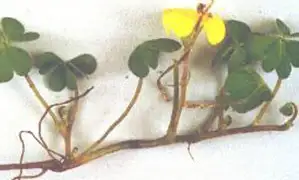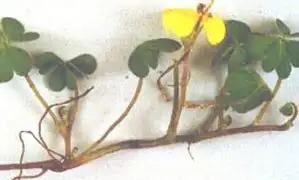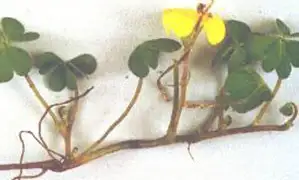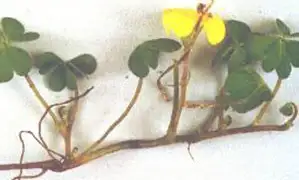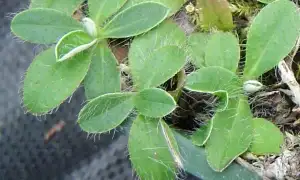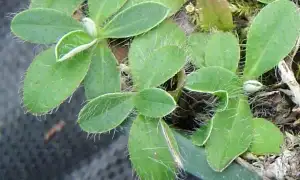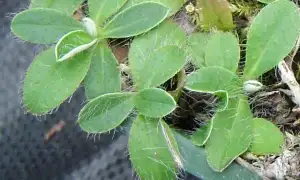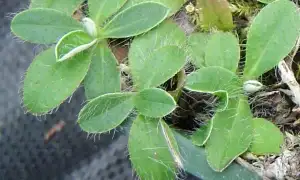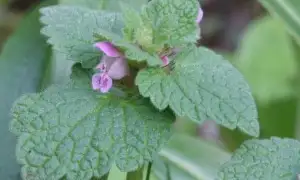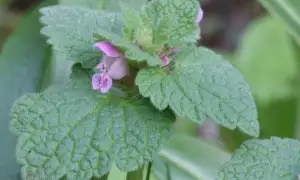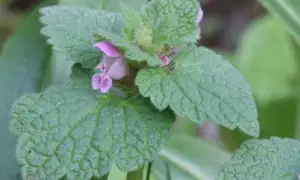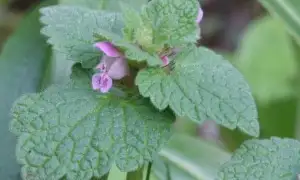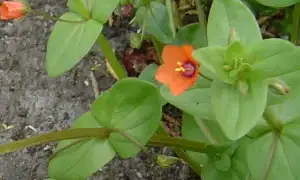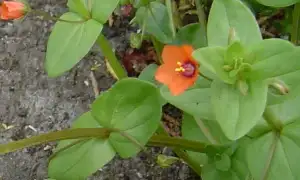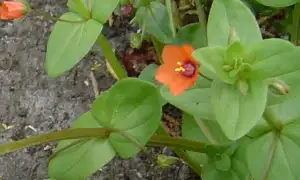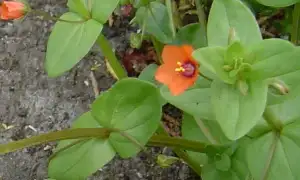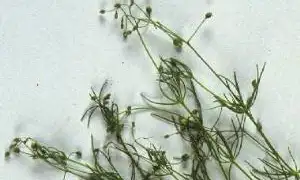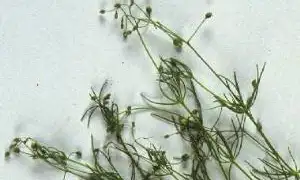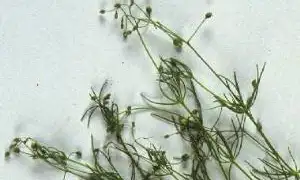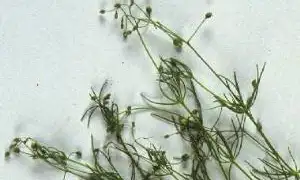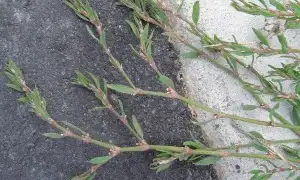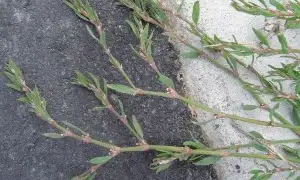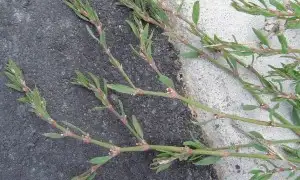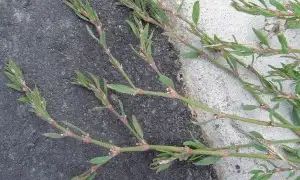Botanical name: Stellaria media
Family name: Caryophyllaceae
Overview
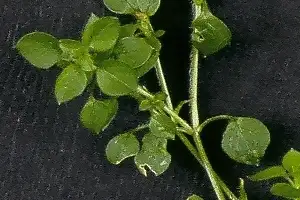
Chickweed.
Chickweed is a reasonably small annual weed. It can germinate and grow at any time of the year, and commonly germinates in autumn and grows through winter, therefore acting as a winter annual.
It is very commonly found in gardens, especially in winter and spring. Chickweed can also grow in crops and is occasionally found in lawns in shady places, such as under trees. It appears to be particularly tolerant of shade. Another situation where chickweed can be found is in pastures, especially pastures that have not been grazed for some time through autumn to provide feed for stock in winter ("autumn-saved" pastures). Livestock do not particularly like eating chickweed.
Distinguishing features
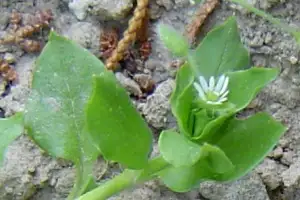
Chickweed leaves.
Chickweed scrambles along the ground in much the same way as scrambling speedwell, though it can also grow up and over surrounding plants too. The leaves have a distinct tip to them. Although there are no hairs on the leaves of chickweed, there are hairs on the stalks of the leaves and flower buds, and there is also a single line of hairs along the stems.
When it is flowering, there are clusters of small white flowers at the ends of the stems. A similar weed is the annual mouse-ear chickweed, which has little white flowers like this, but the leaves and stems are much hairier.
Control
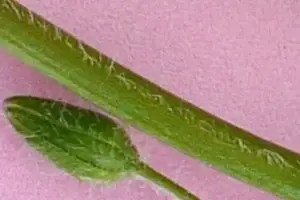
Chickweed stem and flower bud with hairs.
Although livestock do not like eating chickweed, this weed is susceptible to treading by livestock. In gardens and crops, the weed is susceptible to cultivation with quite fragile stems and is controlled by many herbicides. However, it is tolerant of MCPB, MCPA and 2,4-D. It is susceptible to mecoprop though, so this compound can be used in turf, and also turf herbicides based on triclopyr are effective.
In pastures, mecoprop is too damaging to clovers but chickweed is susceptible to flumetsulam (Preside) and reasonably susceptible to thifensulfuron (Harmony). Some farmers spray their pastures for chickweed every year with flumetsulam. This is a risky practice as it may create biotypes of chickweed resistant to flumetsulam, so try alternating between bentazone and flumetsulam in alternate years.
Bentazone needs to be applied while the seedlings are young though. Thifensulfuron isn't suitable for alternating with flumetsulam as these two herbicides are too similar to each other.
Similar species
Scrambling fumitory
Scrambling fumitory is a clambering annual weed that produces clusters of pink flowers.
